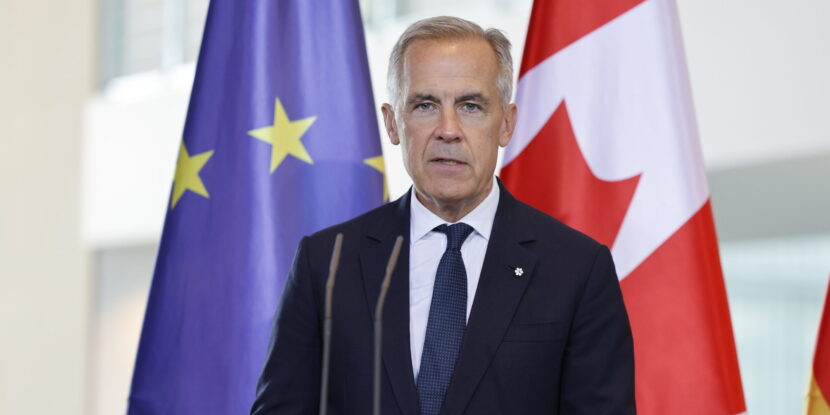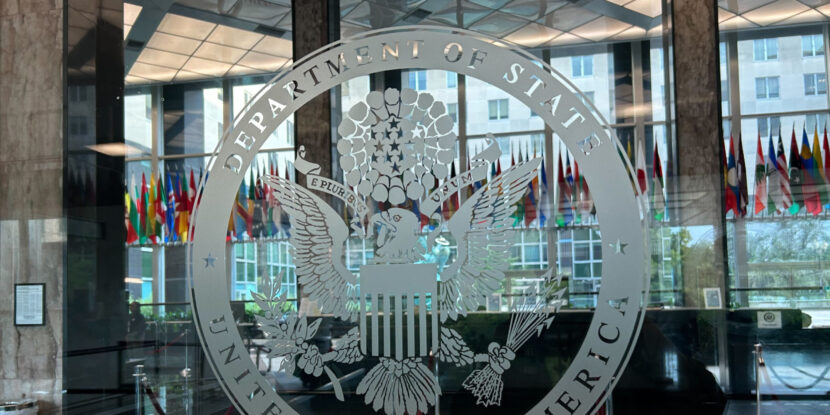President Donald J. Trump’s push for the United States to purchase Greenland will likely have the added benefit of forcing the Arctic island’s socialist government to relax its resistance to American and European mineral exploration. Beneath the island’s icy surface lies an array of valuable rare earth minerals considered essential for artificial intelligence (AI), next-generation technology, and renewable energy projects.
Trump’s recent overtures regarding an American purchase of Greenland have sparked renewed discussions about mineral exploitation rights, especially the entrance of U.S.-based mining and extraction firms. Meanwhile, the American leader continues to assert his interest in Denmark transferring control of the island to the United States—an action Trump has floated since his first term in office.
Despite being a dominion of Denmark, Greenland maintains authority over its mineral resources. Since 2009, when the island obtained self-rule, its government has managed everything beneath its surface, once actively issuing permits to foster a mining industry and diversify its economy, which currently leans on fishing, tourism, and construction. At the time, a Memorandum of Understanding, signed with the first Trump administration, opened Greenland to U.S. investment opportunities.
However, mining activity has recently been scarce—with only one U.S. firm currently operating on the Arctic island. This is partly due to Greenland’s current socialist government being hostile to mining operations, with Premier Múte B. Egede halting many projects, notably uranium mining. Additionally, the harsh Arctic environment is challenging for even the most well-funded minting outfits, and the operation of a new mine involves extensive infrastructure development, which can take up to 16 years, adding significant risk for investors.
Despite the obstacles, the United States is best positioned to provide the investment capital to access Greenland’s extensive mineral wealth. Additionally, a large American presence would benefit Europe, allowing their mining firms to piggyback on the work of U.S. companies.



















